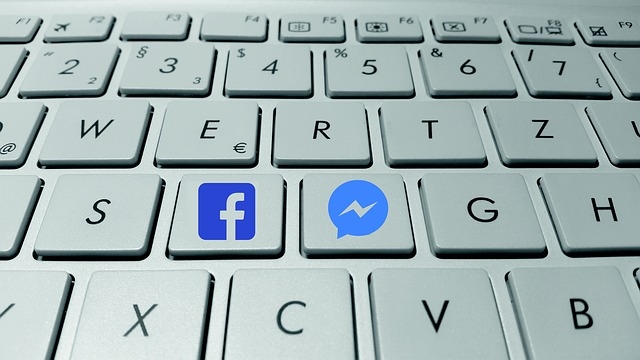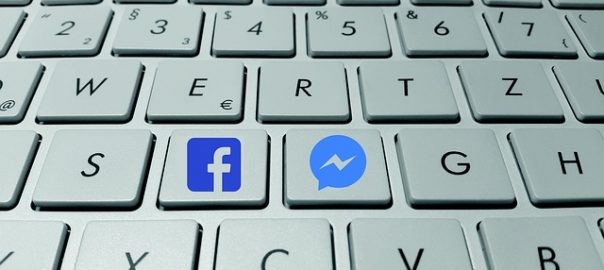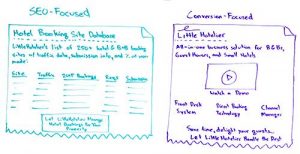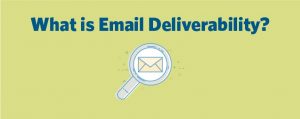— August 10, 2017

kropekk_pl / Pixabay
Facebook Messenger now boasts 1.2 billion users, thousands of companies delivering live-chat customer service, and 18,000 bots. Its most recent 2.1 update helps to make those bot-to-agent interactions more human and in-app commerce even easier.
What makes Messenger such an incredibly attractive place for brands to provide support? Its sheer scale and scalability.
Messenger is also deeply woven into the fabric of the world’s largest social network and through its webview and social features, users find it a seamless experience for communication. However, this has not always been the case in brand-to-customer communication, especially when using bots for transactional experiences and handing off from bot-to-human for support. These recent changes are made to make support on Messenger even more seamless and efforltess!
- Bots are more versatile and can push to human agents: Previously, it’s been hard to have both bot and human support in the same messenger thread, as the handoff between them can be confusing and cause issues. Facebook’s 2.1 update has streamlined this with a new handover protocol that allows multiple different services and agents to rotate in and out of a single consumer chat thread without disruption.
- It’s now easier to build bots with simple NLP (Natural Language Processing): Bots started their journey acting as basic text-based interactive voice recordings (IVRs), built to be aware and conversant. This created a great customer experience when based off a menu choice leading to human agents, but adding complex NLP often led to a more challenging customer experience. But no more. With the 2.1 release, bots now have built-in natural language processing (NLP). It guarantees that all bots can understand basic conversational entities such as hellos, goodbyes, dates, locations, money, and contact information.
These updates are good news for brands who will have an easier time providing support at scale. But what about the rest of the consumer experience?
In-app support and commerce is now even easier
A large part of Facebook’s strategy to woo the world’s retailers has been connected commerce: Pushing the ability to buy something directly from an ecommerce site into the Facebook and Facebook Messenger apps. The idea is that consumers will be more easily able to act on impulse purchases. The 2.1 update makes this even easier in three ways:
1. Easier payments: Users can now make purchases through webview, Messenger’s in-app browser. For example, if a bot shows a summer dress to a user, that user can inspect the dress and then make a one-click purchase. It’s still in beta, however, and only available in the U.S. at the time of writing.
2. New CTA button formats: Facebook has added new brand page Call to Action (CTAs) to help consumers know precisely what to expect when they start a conversation with a business: Shop Now, Get Support, Get Updates, Play Now, and Get Started. These five CTAs will help for brands to drive consumers to Messenger, helping divert customers from costly traditional channels. The Get Support button is obviously our favourite and will help our customers optimize Messenger!
3. Better cross-device support: Features like User ID and Sharing which were previously only available on mobile are now available on desktop.
More human bots and simpler commerce are all part of Messenger’s strategy to become the go-to place for consumers and brands to connect. As this trend accelerates, expect to see more and more brands turning to Messenger to scale their support. For more details, visit Facebook Messenger’s 2.1 release.
Digital & Social Articles on Business 2 Community
(79)








